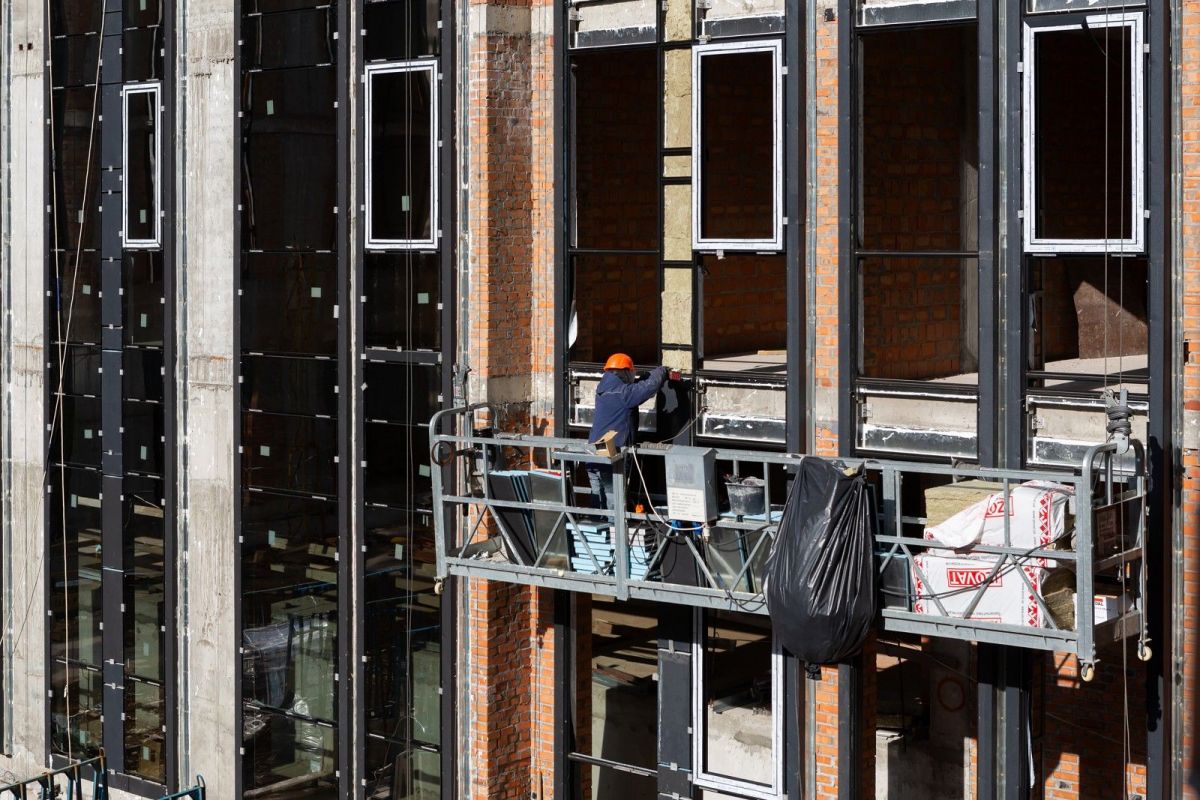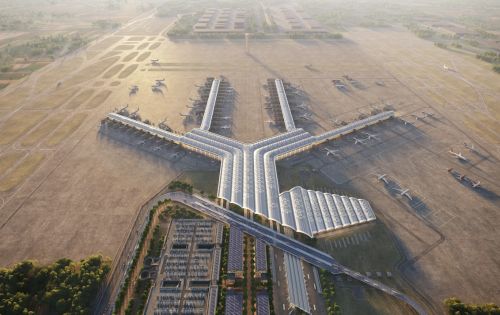According to residential market analysts, it is the western and central regions of the country where the greatest demand can currently be found, while the market has also stabilised in the capital and Odesa. Unfortunately, in the eastern and southern regions there has either been a complete freeze on projects, such as in Kharkiv, or there has been a strong decline in demand and, in turn, construction.
Prices up
The average price for a studio apartment has increased by 12 pct in Lviv, where today such flats cost around USD 58,500; while in Uzhhorod prices have gone up by 7 pct (USD 51,600 for an apartment), in Cherkasy the growth is 10 pct (USD 38,400), in Ivano-Frankivsk the price increase is 18 pct (USD 31,700), and Rivne has seen growth of 8 pct (USD 37,200). The relative stability of the domestic currency has also been having a positive impact in terms of the stabilisation of the market and prices per square metre.
In 2022, developers were only able to resume work on projects































































